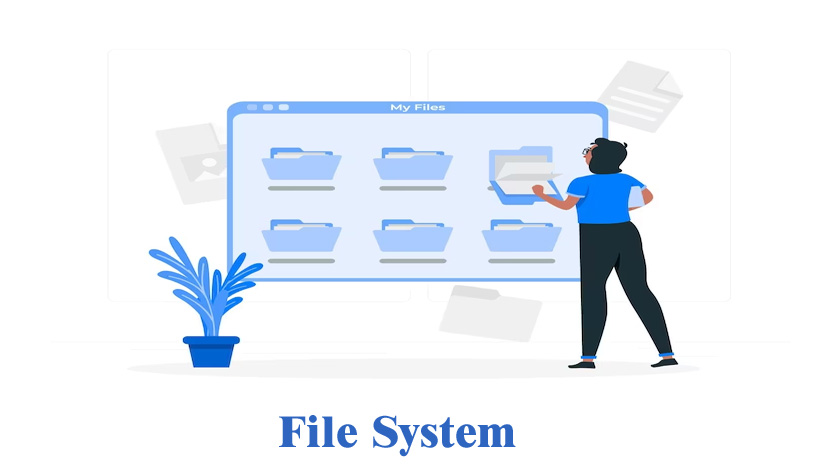A File system is the process of naming, storing, and retrieving from a storage device. So whenever you open your system and use the file system, it will load files from the storage. The file system handles it under the hood when you copy, edit, or delete the files. It is even involved when you download and access a web page over the internet.
If you don’t use a file system, your storage device will store a big chunk of data back to back. And the operating system cannot separate them. The system came into existence from the old paper management system. Where they kept documents as files and stored them in directories. Any place where a computer or device stores data is a system.
If your computer has a base for organizing files, removing installed programs and retrieving specific files will be easy. And no two files will exist with the same name. This is because everything can be kept in the same folder. It usually uses local storage devices, but some provide access through a network protocol, and some are virtual.
The file will not only store the documents but also keep the information about them, such as file size, name, location, fragment information, and directory hierarchy. Not only this, it also shows information like the length of the contents and the site of the file in the folder hierarchy. A disk contains a file system and information about where the disk data is stored; anyone can access it. It will also manage operations such as file naming, metadata, folders, and privileges.
The file system will also comply with operations like reorganizing the file to empty some space and reconstructing the hierarchy structure by providing utilities to perform these processes at minimal activities.

